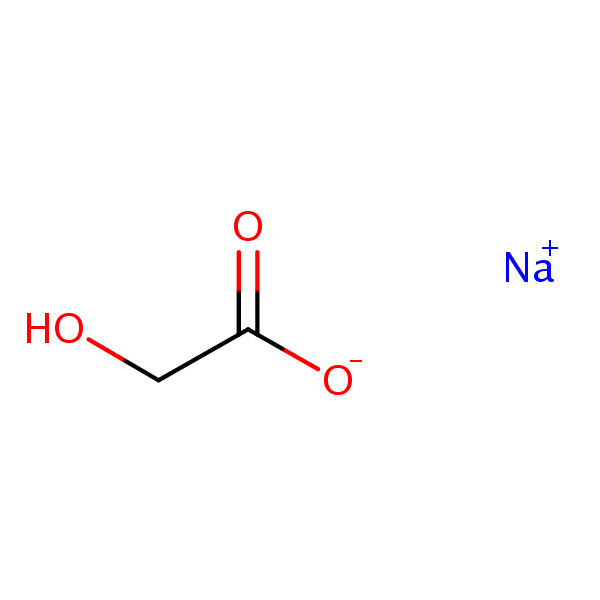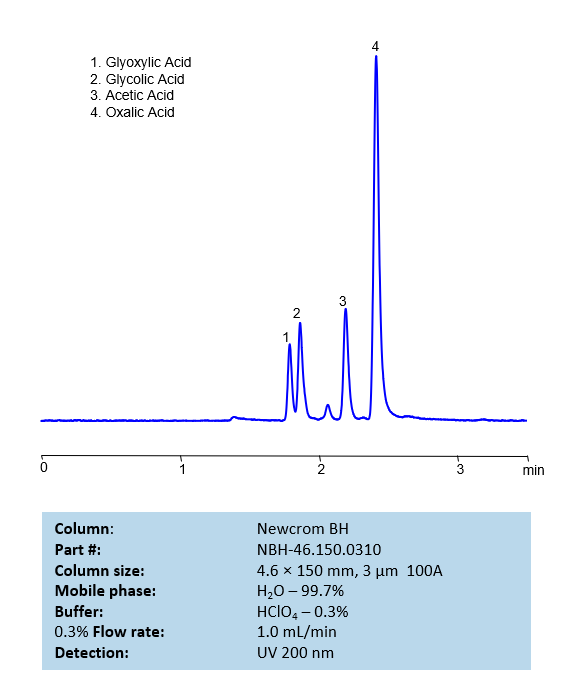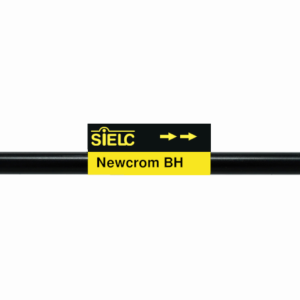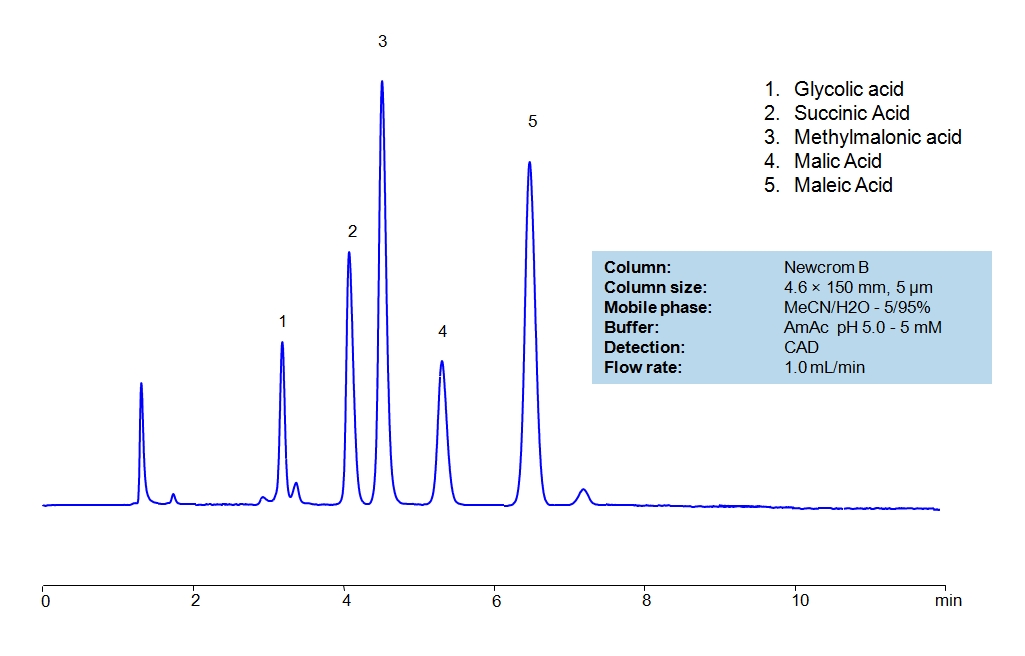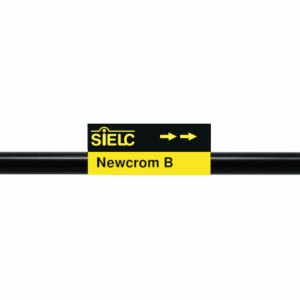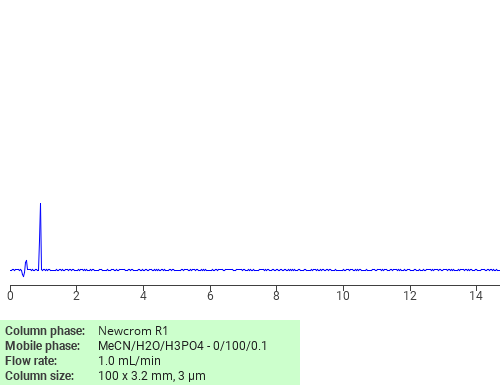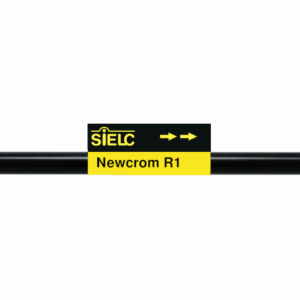| CAS Number | 2836-32-0 |
|---|---|
| Molecular Formula | C2H3NaO3 |
| Molecular Weight | 98.033 |
| InChI Key | VILMUCRZVVVJCA-UHFFFAOYSA-M |
| LogP | -1.91 |
| Synonyms |
|
Applications:
HPLC Method for Analysis of Dicarbon Carboxylic Acids on Newcrom BH Column
June 6, 2023
HPLC Method for Analysis of Oxalic Acid, Glycolic acid, Acetic Acid, Glyoxylic acid on Newcrom BH by SIELC Technologies
Separation type: Liquid Chromatography Mixed-mode
- Glyoxylic Acid (CHO-COOH): This is the smallest α-keto acid. It is a yellowish solid that occurs naturally and is useful industrially. It participates in many biochemical reactions. Its reduced form, D-lactic acid, can be found in various microorganisms.
- Glycolic Acid (HOCH2COOH): This is the smallest α-hydroxy acid (AHA). It’s derived from sugar cane and is a colorless, odorless, and hygroscopic crystalline solid. It is used in various skin-care products because of its capability to penetrate skin.
- Acetic Acid (CH3COOH): It is a simple carboxylic acid. It’s an important chemical reagent and industrial chemical, primarily used in the production of cellulose acetate for photographic film and polyvinyl acetate for wood glue, as well as synthetic fibers and fabrics. It gives vinegar its sour taste and pungent smell.
- Oxalic Acid (C2H2O4): This is a colorless crystalline solid that forms a colorless solution in water. It occurs naturally in many foods, but too much can lead to kidney stones. It’s used in many different industrial processes, including rust removal, bleaching, and as a reducing agent in developing photographic film.
These four acids be separate and analyzed on a reverse-phase Newcrom BH, 4.6 x 150 mm, 3 µm, 100 A, dual ended column with a mobile phase consisting of water and perchloric acid as a buffer modifier. This analysis method can be UV detected at 200 nm.
High Performance Liquid Chromatography (HPLC) Method for Analysis of Oxalic Acid, Glycolic acid, Acetic Acid, Glyoxylic acid
Condition
| Column | Newcrom BH, 4.6 x 150 mm, 3 µm, 100 A, dual ended |
| Mobile Phase | H2O -99.7% |
| Buffer | HClO4 – 0.3 |
| Flow Rate | 1.0 ml/min |
| Detection | UV 200 nm |
Description
| Class of Compounds | Dicarbon Carboxylic Acids |
| Analyzing Compounds | Oxalic Acid, Glycolic acid, Acetic Acid, Glyoxylic acid |
Application Column
Newcrom BH
Column Diameter: 4.6 mm
Column Length: 150 mm
Particle Size: 3 µm
Pore Size: 100 A
Column options: dual ended
Glycolic acid
Glyoxylic acid
Oxalic Acid

HPLC Separation of Small Organic Acids on Newcrom B Column
October 22, 2019
HPLC Method for Glycolic acid, Malic Acid, Maleic Acid, Methylmalonic Acid, Succinic Acid, Tartaric Acid, dl-Tartaric acid, Fumaric Acid, Citric Acid, Malonic Acid, Gluconic acid on Newcrom B by SIELC Technologies
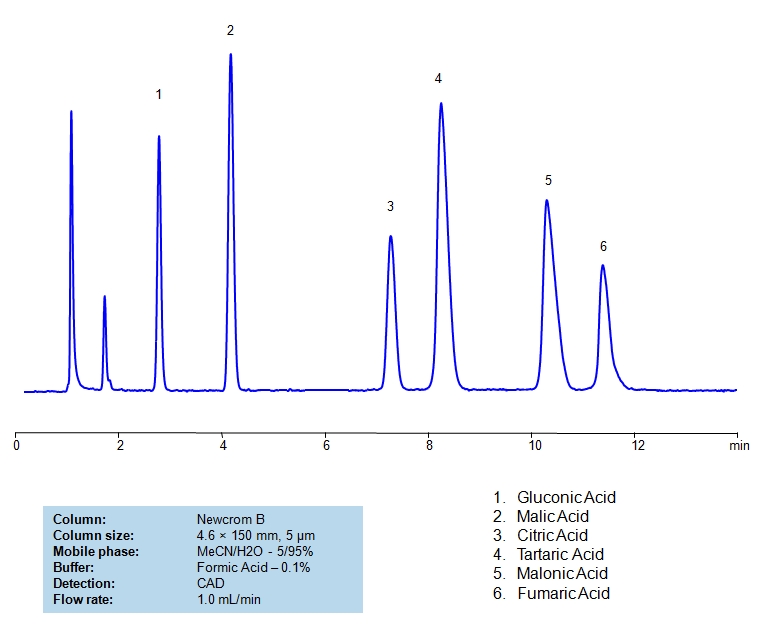
High Performance Liquid Chromatography (HPLC) Method for Analysis of Glycolic acid, Malic Acid, Maleic Acid, Methylmalonic Acid, Succinic Acid, Tartaric Acid, dl-Tartaric acid, Fumaric Acid, Citric Acid, Malonic Acid, Gluconic acid.
Gluconic Acid is an organic acid with the chemical formula C6H12O7. It is naturally found in fruits. Industrially, it is found in honey that is produced by fermenting starch. Typically, it is used in food, beverage, cosmetic, and skin care industries.
Malic Acid is an alpha hydroxy acid with the chemical formula C4H6O5. It is most commonly found in fruits and wines. It is sour, which is partially why it is often used as a food additive. Besides food, it is also used in skin-care as an exfoliant.
Citric Acid is a naturally occurring organic acid found in citrus fruits; it is also an intermediate in the citric acid cycle of aerobic organisms. It is used industrially as an acidity regulator, flavoring, detergent, and more than 2 million tons are produced annually. It’s chemical formula is C₆H₈O₇.
Tartaric Acid is an organic acid with the chemical formula C4H6O6. It is found in fruits like grapes and tamarinds and is a vital component of wine. It is also used in metal cleaning, as an antioxidant, and as an acidulant.
Malonic Acid is an organic compound with the chemical formula C3H4O4. It is also known as cis-butenedioic acid. It is a trans counterpart of fumaric acid. It has a variety of uses from dyeing natural fibers to oil and fat preservative, to synthesis of hydrogels.
Fumaric Acid, also known as trans-butenedioic acid, is an organic compound with C4H4O4 chemical formula. It is used across Food, industrial, and medical industries. In food, is it often used as a preservative, pH regulator, and flavoring akin to citric acid. Industrially, it is used in making polyester resins, polyhydric alcohols, and more. Medically, it is used in denture cleaners and it’s derivatives are used in treating psoriasis.
Glycolic acid, Malic Acid, Maleic Acid, Methylmalonic Acid, Succinic Acid, Tartaric Acid, dl-Tartaric acid, Fumaric Acid, Citric Acid, Malonic Acid, Gluconic acid can be retained and analyzed using the Newcrom B stationary phase column. The analysis utilizes an isocratic method with a simple mobile phase consisting of water and acetonitrile (MeCN). Detection is performed using CAD.
| Column | Newcrom B, 4.6 x 150 mm, 5 µm, 100 A, dual ended |
| Mobile Phase | MeCN/H2O – 5/95% |
| Buffer | AmAc pH 5.0, Formic Acid |
| Flow Rate | 1.0 ml/min |
| Detection | CAD (Corona) MS- compatible mobile phase |
| Class of Compounds | Acid, Hydrophilic, Ionizable |
| Analyzing Compounds | Glycolic acid, Malic Acid, Maleic Acid, Methylmalonic Acid, Succinic Acid, Tartaric Acid, dl-Tartaric acid, Fumaric Acid, Citric Acid, Malonic Acid, Gluconic acid |
Application Column
Newcrom B
Column Diameter: 4.6 mm
Column Length: 150 mm
Particle Size: 5 µm
Pore Size: 100 A
Column options: dual ended
Fumaric Acid
Gluconic acid
Glycolic acid
Maleic Acid
Malic Acid
Malonic Acid
Methylmalonic Acid
Succinic Acid
Tartaric Acid
dl-Tartaric acid

Separation of Glycolic acid sodium salt on Newcrom R1 HPLC column
February 16, 2018
Glycolic acid sodium salt can be analyzed by this reverse phase (RP) HPLC method with simple conditions. The mobile phase contains an acetonitrile (MeCN), water, and phosphoric acid. For Mass-Spec (MS) compatible applications the phosphoric acid needs to be replaced with formic acid. Smaller 3 µm particles columns available for fast UPLC applications. This liquid chromatography method is scalable and can be used for isolation impurities in preparative separation. It also suitable for pharmacokinetics.
Application Column
Newcrom R1
The Newcrom columns are a family of reverse-phase-based columns. Newcrom A, AH, B, and BH are all mixed-mode columns with either positive or negative ion-pairing groups attached to either short (25 Å) or long (100 Å) ligand chains. Newcrom R1 is a special reverse-phase column with low silanol activity.
Select options